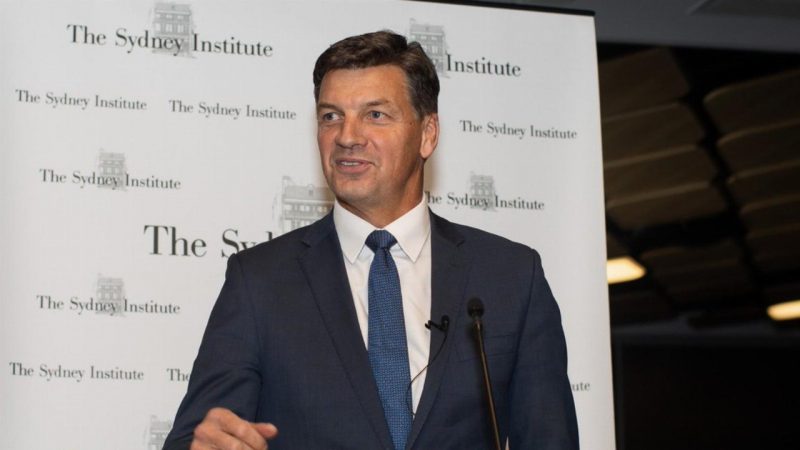- The Federal Government opens up public submissions to help Australia reduce its carbon output under the Emissions Reduction Fund (ERF)
- Under the scheme, businesses who reduce carbon emissions can receive Australian carbon credit units (ACCUs), which they can then sell
- The government is looking to expand the methods under which projects can be eligible for the ERF scheme, hence the new round of public submissions
- Minister for Energy and Emissions Reduction Angus Taylor says the government is aiming to develop five new ERF methods in 2022
- Submissions for new methods under the ERF scheme close on August 26, 2021
The Federal Government has opened up public submissions to help Australia reduce its carbon output under the Emissions Reduction Fund (ERF).
Minister for Energy and Emissions Reduction Angus Taylor said this morning the government is aiming to develop five new ERF methods in 2022.
He said expanding the range of eligible activities under the ERF scheme will help Australia both beat its emissions reduction goals and strengthen its economy.
“Through the Emissions Reduction Fund, the Government is backing Australian ingenuity and practical projects to lower emissions while supporting our economy, jobs and investment,” Minister Taylor said.
“A new high of 44 projects were registered under the ERF in the first quarter of 2021 and it is on track to deliver a record 17 million tonnes of emissions reductions this year.”
He said the government is particularly interested in ERF method proposals that would support priority technologies previously outlined in its Low Emissions Technology Statement, like infrastructure to refuel electric and hydrogen vehicles.
What is the ERF?
Supported by the independent Clean Energy Regulator, the ERF scheme is designed to incentivise Australian businesses to cut back their carbon emissions by reducing their output or storing carbon.
There are several approved methods of doing so under the ERF, with financial incentives on the cards for businesses that succeed.
It all comes from Australian carbon credit units (ACCUs), which can be issued to people or businesses who cut down reductions under the ERF scheme.
An ACCU is granted for each tonne of carbon dioxide stored or avoided by a project. The carbon credit can then be sold back to the Federal Government under a carbon abatement contract or traded and sold between people on secondary markets.
In light of this, the submissions opened today are not necessarily about supporting more projects to be registered under the ERF scheme, but rather about expanding the criteria that make a project eligible for the scheme.
In order to have an idea approved as an eligible method under the scheme, submissions need to demonstrate that the technology needed to support the idea is available, that the emissions reductions from the method can be estimated, and whether the method could have any potential adverse social, environmental, or economic impacts, among others.
Submissions for new methods under the ERF scheme close on August 26, 2021.

